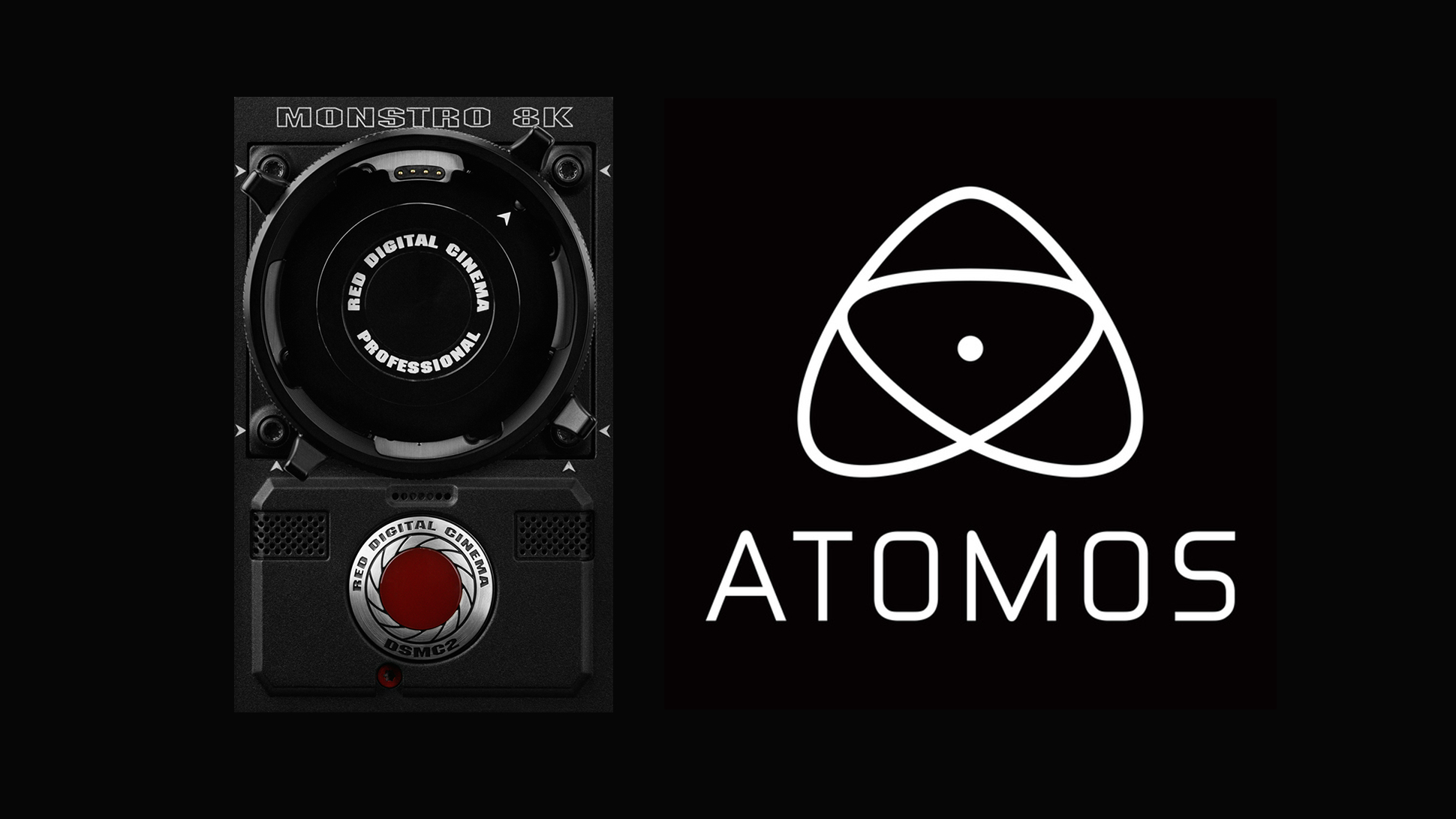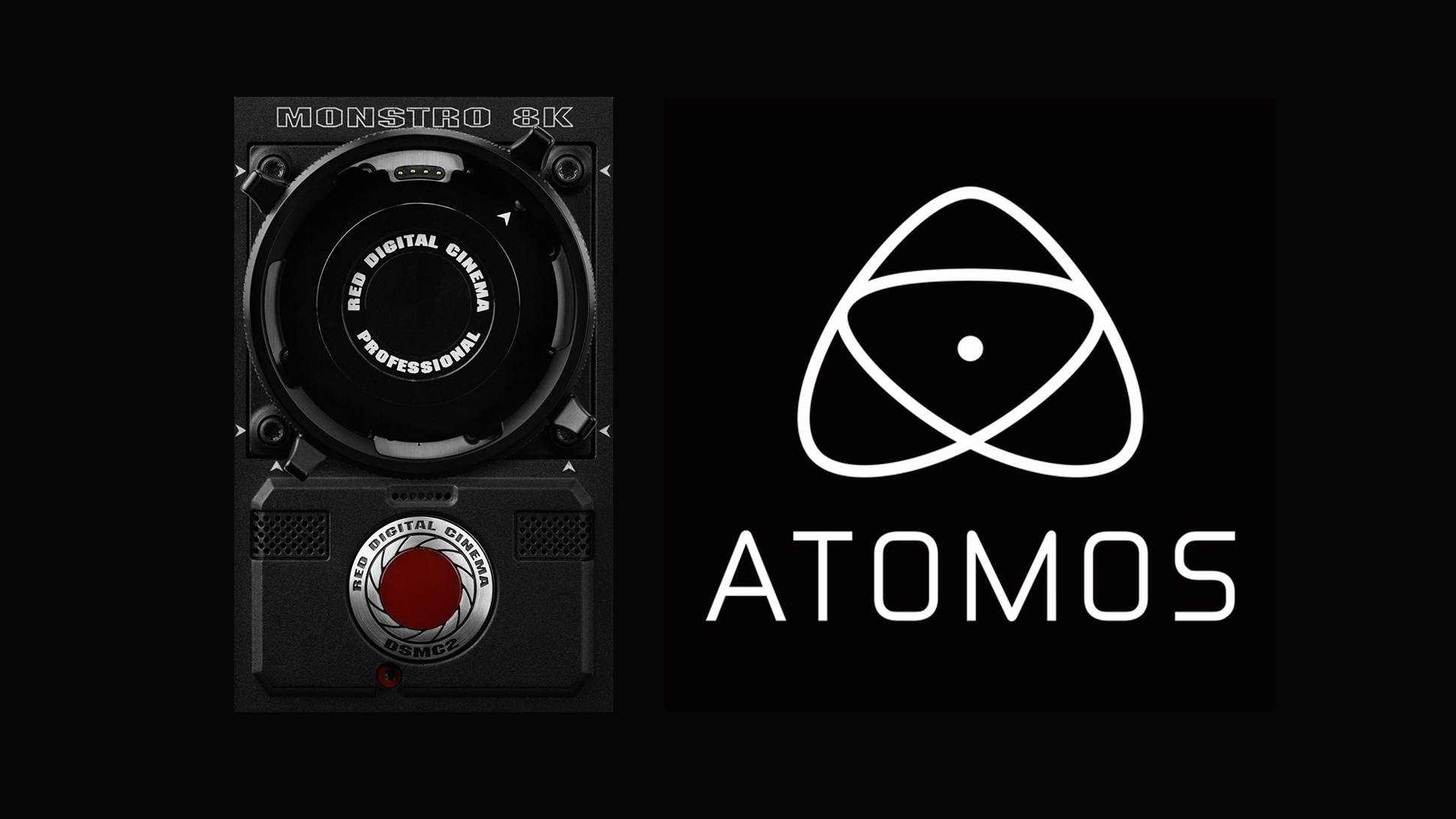
 RED and Atomos
RED and Atomos
Red and Atomos have entered a licensing agreement to co-operate with a view to a new range of products containing the DNA of both companies
Wow. Just wow. This has the potential to be very significant. We say "potential", because there are no specifics, yet. But the prospect of two of the most exciting and bold companies in the industry working together, sharing their technology, is very interesting indeed.
As you'd expect, the announcement itself is restrained and measured *. Importantly the headline mentions a "licence agreement". It's therefore a formal arrangement, not an ad-hoc one, but knowing that such an agreement is in place, makes it much easier for the two companies to share their stuff.
And it's worth noting that a "licence" doesn't have to mean merely an exchange of money. It can be anything that is agreed. One side might agree to share its software, for example, in return for the other side designing some electronics.
It's important to note the exact wording. So here's the statement in full:
"Atomos and RED are pleased to announce a royalty based licence agreement.
Red.com, LLC and Atomos Ltd have reached an agreement in relation to Atomos’ use of some of RED’s intellectual property.
CEO of Atomos, Jeromy Young, said, “Atomos and RED are now further aligned to make more advanced video recording technology more affordable with no compromise to creative freedom. RED have always been at the forefront of digital cinema technology and propelled the industry forward at an astounding rate. We are excited to be able to now work closely with RED, not only by utilising some of their key intellectual property, but in joining forces with them on future products.”
In the process of negotiating Atomos’ licence to use RED’s intellectual property, the companies recognised that there is significant opportunity for them to enhance the integration of their product lines to produce what they both expect to be trail-blazing new camera recording systems. While the two companies have for many years worked together, this next phase of the relationship will be one to watch out for.
President of RED Digital Cinema, Jarred Land, said, “We welcome the new relationship with Atomos and feel that their innovation combined with our patented technology should fuel broader adoption of 4k and above, content creation. We are looking forward to what the future holds for our partnership.”
While the timing of this announcement is a surprise, the nature and intent of it are not. We believe that this type of arrangement is not only beneficial to both parties, but will become essential to the development of new categories of products over the next few years. We hinted at it in our recent article about Atomos' relationship with Nikon. Here's what we said:
"A new world?
There's a whole new distributed architecture being suggested here. To explain it, here's an analogy.
There's a fashion going on right now in electronic music where you can mix and match components from different synthesiser manufacturers, to build your own modular synth using a virtually unlimited diversity of parts. So, for example, (forgive the geeky terms here but if you're into synths you'll understand this very well) you could use an oscillator from Moog, a filter from Korg and an envelope generator from Roland. You can take the essence of a process from several manufacturers and mash them up in ways that weren't possible before, because, in the case of video, they were embedded (trapped, essentially) inside the camera.
So my reading of this - highly speculative, of course - is that we're moving towards an architecture where in-camera characteristics, expressed through previously embedded processing, are able to be used and combined in ways that weren't possible before. It's another example of virtualisation, which is going to be a big enabler for distributed processing. One side effect of this will be that it's sometimes going to be hard to tell exactly where the processing is taking place (in other words: which device is doing what?)"
So we'll wait to see what happens. It's hard to see this as anything other than very positive for the future of our industry. If development takes place in silos, wonderful examples of technology won't be available to other companies who might happily use it and pay for it in a mutually beneficial arrangement.
But by having mutually respectful and beneficial arrangements, everyone wins - especially the consumer.
*Update
Several people have pointed out that, as mentioned in Atomos' investment prospectus, there has been a potential dispute over IP and or patents between Atmos and RED. It seems plausible that solving this amicably might have led to this newly announced arrangement. We don't know if that's the case, but if it is, this seems a good way to resolve it. And, as we said, we're hopeful that it may lead to new products. Given that it's kind-of out in the open, putting a positive spin on it isn't a bad idea at all,
Tags: Business


Comments